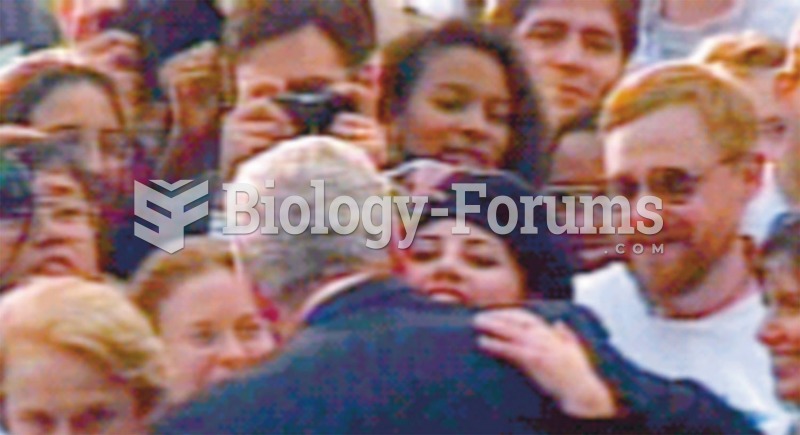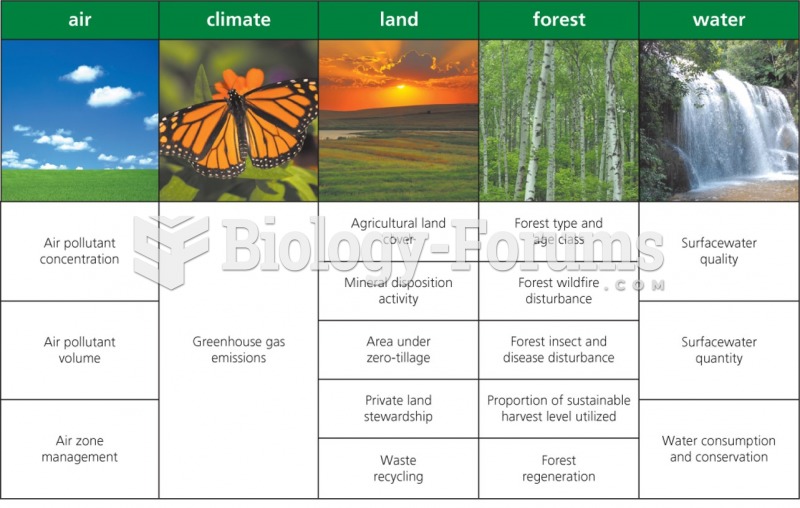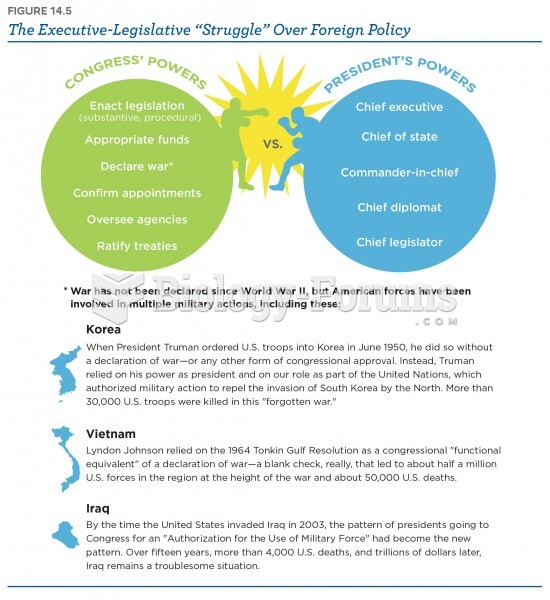Answer to Question 1
An ideal response will:
1, Define diplomacy as exercising influence in relations with other nations through negotiations.
2, Outline when the president will rely on diplomacy to conduct foreign policy, such as when dealing with countries thatare U.S. allies, when dealing with issues that do not need to be resolved quickly, or when avoiding a military confrontation that is in the long-term best interest of the United States.
3, Outline when the president will rely on military action, such as when there is a direct and immediate threat to the United States, when dealing with a rogue leader who is not interested in diplomacy, or when a military strike can be effective without jeopardizing long-term U.S. interests.
4, Provide an example of the U.S. use of diplomacy, such as SALT, SALT II, the establishment of diplomatic relations with China, etc.
5, Provide an example of the U.S. use of direct military action, such as the wars in Vietnam, Afghanistan, and Iraq.
6, Make a case for the importance of using diplomacy in the war on terror whenever possible, as military actions tend to inflame anti-American sentiment and cause terrorist groups to gain new recruits.
7, Propose that although direct negotiations with terrorists might fail, other forms of diplomacy, such as foreign aid to build national security in other countries, as well as other alternatives such as economic sanctions, might be used in the war on terror.
Answer to Question 2
An ideal response will:
1, Identify the main Cold War combatants as the United States and the Soviet Union.
2, Describe the fundamental differences between the Cold War and conflicts involving terrorism, including the types of combatants, the types of warfare, the goals, and the weapons used.
3, List the main characteristics of the Cold War, which included a period of increased tensions (but not live combat) between the United States and the Soviet Union, the desire to contain Soviet influence (and the accompanying spread of communism), and heavy buildup of nuclear weapons.
4, Detail the principal Cold War confrontations that involved strengthening those trying to ward off communist influence, such as in Greece, South Korea, and Berlin.
5, Describe the Vietnam War as a direct military conflict driven by the Cold War mentality about the need to stop the spread of communism in Asia.
6, Identify dtente as the beginning point of transformation from conflict thinking to cooperative thinking in foreign policy strategy.
7, Reveal how the Cold War conflict was finally resolved with the collapse of the Soviet Union, although the tensions had somewhat subsided during the dtente.
8, Discuss recent terrorist attacks and show how they reveal the main characteristics of terrorism, which include attacks by nongovernmental actors on civilian targets in order to demoralize populations and governments, the use of stealth and surprise, and the decentralized nature of the terrorist threat.
9, Review how the wars in Iraq and Afghanistan in response to the September 11, 2001, terrorist attacks were seen as efforts to prevent future terrorist attacks before they had fully developed.
10, Discuss how the wars had mixed results, with reconstruction in Iraq straining America's defense resources and the war in Afghanistan prompting Al Qaeda to transform itself into an umbrella organization that provides a focal point for loosely affiliated terrorist groups in various countries.
11, Conclude that the fight against terrorism will continue, that military force alone is not likely to suffice, and that political changes that erode and undermine support for the ideology and strategy of terrorists will be required.







